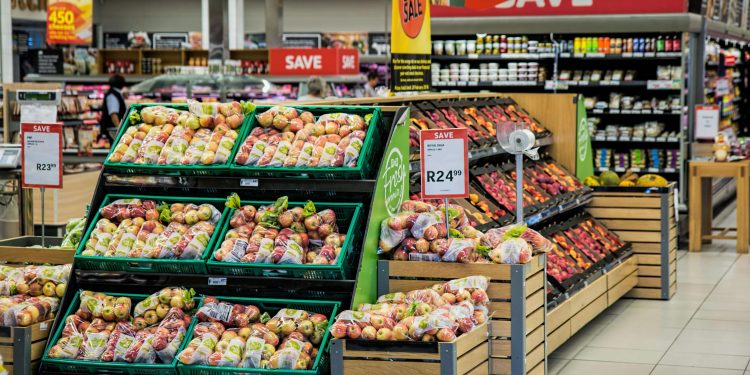Average Annual Food Spending in America
Food is a basic necessity of life, and Americans spend a significant portion of their income on it. According to the U.S. Bureau of Labor Statistics, the average American household spent $8,169 on food in 2019. This equates to approximately 9.5 percent of the average household’s total annual expenditures.
Breakdown of Food Expenditures
When it comes to breaking down food expenditures, the largest portion goes towards groceries. On average, Americans spent $4,643 on grocery items in 2019. This includes expenses for purchasing food for home consumption, such as meats, vegetables, fruits, dairy products, and canned goods.
The remaining portion of food spending is allocated to eating out or ordering takeout. The average American household spent $3,526 on food away from home in 2019. This includes expenses for meals at restaurants, fast food establishments, cafes, and delivery services.
Factors Influencing Food Spending
Several factors can influence how much Americans spend on food each year:
- Income: Higher-income households tend to spend more on food compared to lower-income households.
- Location: The cost of food can vary depending on where you live. Urban areas and regions with higher costs of living may result in higher food expenses.
- Family size: Larger families generally spend more on food to meet the needs of all family members.
- Dietary preferences: Different dietary choices, such as vegetarianism or special dietary restrictions, can impact food spending.
Tips for Managing Food Expenses
If you’re looking for ways to manage your food expenses, here are a few tips:
- Create a budget: Set a monthly budget for food and stick to it. This will help you stay on track and avoid overspending.
- Meal planning: Plan your meals in advance and make a shopping list. This way, you’ll be less likely to make impulse purchases and waste food.
- Cook at home: Eating out can be more expensive than preparing meals at home. Try cooking more meals from scratch to save money.
- Buy in bulk: Purchasing non-perishable items in bulk can be cost-effective in the long run.
- Utilize discounts and coupons: Look for sales, discounts, and coupons to save money on groceries.
Americans spend a significant amount of money on food each year, with the average household spending over $8,000. Understanding how much you’re spending on food and implementing strategies to manage expenses can help you take control of your budget and save money in the long run.





















